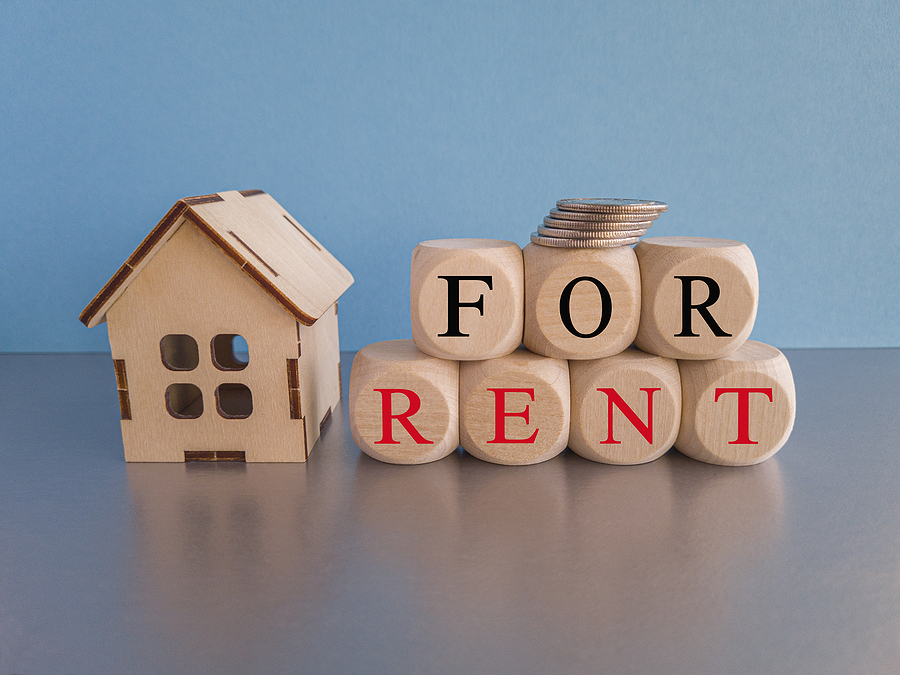The rental crisis is driving a growing number of Australians into homelessness, particularly people from marginalised communities, a parliamentary inquiry has heard.
Homelessness Australia CEO Kate Colvin revealed the number of people accessing services increased by 7.5 per cent since December 2022 and 83 per cent of those 96,000 were struggling with housing or financial stress.
Record low vacancy rates have exacerbated hardships for people with disabilities, single parents, young tenants and those from Indigenous backgrounds.
“It’s supercharging discrimination and making it almost impossible for marginalised communities to get housing,” Ms Colvin told a rental crisis inquiry hearing on Wednesday.
A Canberra renter, known to the inquiry as Samira, said she and her family were living in a dilapidated property filled with broken fixtures and had been unable to find a home that could accommodate their health conditions despite searching for the past eight months.
“We had no choice,” she said.
“The conditions weren’t great but it was within our budget.”
Asking rents have surged 34 per cent since the start of the COVID pandemic and are forecast to increase by another 10 per cent in 2023.
And more than 640,000 households are in severe rental stress.
This comes despite the number of dwellings per adult in Australia increasing since ANU researcher Ben Phillips’ 2017 paper revealed many parts of the country had a housing surplus.
Maiy Azize, spokesperson for housing and homelessness organisation Everybody’s Home, says politicians need to reconceptualise the rental crisis.
“It’s widespread view in government that all we need is more supply and that will trickle down, put downward pressure and in this magical way, create affordable housing,” she said.
“(But) what we’ve been seeing is that wealthier people are able to use more housing and opting to live in smaller households which takes up more space. Sometimes people buy extra homes and keep them vacant.”
Ms Azize believes the solution lies with the government to build new properties and buy homes off the private sector, before redistributing them to people in need, which would increase the number of affordable homes.
The federal government’s Housing Australia Future Fund, which is being held up in the Senate, outlines a plan for 30,000 homes over the next five years.
Ms Azize believes this will help but says it is not a long-term solution.
State and territories also agreed to reforms at a national cabinet meeting earlier in August, including a limit on rent increases to once a year and minimum rental standards.
But representatives from rental unions across the country believed the proposals did not go far enough.
“Some elements, like no-grounds evictions, are really foundational and we just cannot have a sensible regulatory scheme while those exist,” said Leo Patterson Ross, NSW representative for the National Association of Tenants Organisations.
Real Estate Institute of Australia president Hayden Groves said he was sympathetic to the challenges tenants faced, but rent controls and freezes would cause landlords to remove their properties from the rental market.
He defended rent rises, claiming they were a result of the pandemic period, when landlord costs such as insurance premiums and council rates continued to rise while states imposed rent hike moratoriums.
Kat Wong
(Australian Associated Press)




